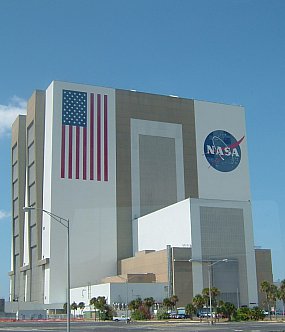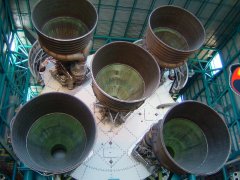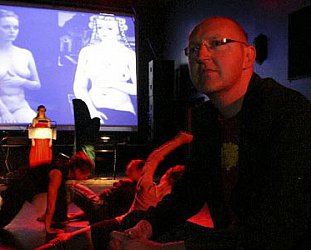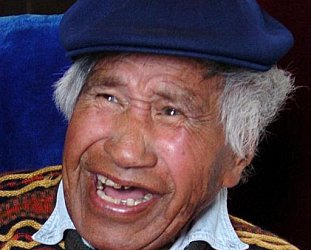Graham Reid | | 4 min read

Some time in the mid-Seventies the late
Alistair Cooke – in one of his patrician but always fascinating
Letter From America programmes – spoke about an old editor he
worked under. On a slow news day the editor would haul out a book of
important events in history and scour the pages.
He’d usually return with a wonderful
idea for a story and would be triumphant when the article appeared
the following day and his paper beat all its competitors by covering
some event as significant as the 143rd anniversary of the Battle of
Barossa.
Well, this isn’t quite like that –
but the mundane looking date of April 12 2006 was a significant anniversary. And one which, unlike most
anniversaries, might make you think.
Twenty five years ago on that day the space shuttle
orbiter Columbia was launched from the Kennedy Space Centre, 20 years
to the day after Yuri Gagarin’s historic space flight.
The Columbia – which on take-off
looked like an elongated Taj Mahal – circled the Earth 36 times in
two days. Then, miraculously, it landed and was used again. And
again. In all it undertook an astonishing 27 successful space
missions.
However in January 2003 it
broke up on re-entry killing the seven astronauts on board. On that
flight it had been up 16 days and among the crew were the first
Israeli astronaut and the first woman of Indian birth.
On previous missions the Columbia had
carried the first Hispanic American astronaut and the first member of
the US House of Representatives into space.
And Eileen Collins, one the great
figures in space exploration, was the first woman to command a
shuttle when she took her seat in the Columbia in 1995.

Collins still holds the record by some
margin. She could, as the Americans say, land that thing on a dime.
There are many people – like me,
obviously – who can remember Neil Armstrong landing on the moon,
but what is interesting now is just how much we take this space stuff
for granted.
Ask around: how many men have walked on
the moon?
A dozen in total – and they’ve
driven around in buggies and camped out there too.
Once upon a time people dreamed of
flight. These days kids can sign up for astronaut programmes. I guess
they figure if that guy from NSYNCH can do it . . .
In 2004 I spent some time
at the Kennedy Space Centre. Just looking, not training of course. I
assume a drink driving conviction precludes you from taking hold of
the joy stick on something which burns a thousand gallons of gasoline
a second.
What impresses is the scale of
everything. When you reach for the stars you are dreaming big, and
having to think big to accomplish it.
We stood outside a building so high
condensation clouds formed inside it some days. We drove alongside a
runway that was the width of Eden Park (stands and everything) and
gazed in awe at rocket engines in which we could have misplaced our
house.
After the Challenger disaster in '86
there seemed to be a loss of will within the US administration to
keep funding the space programme at the same level. The tragedy of
the Columbia was been a further blow to space
exploration.

Well, there is no simple answer to
that. You end up in a world of metaphors about dreams and human
aspiration, a discussion about Man’s desire to reach into the
beyond.
In that regard Man has come a long way.
My father had a crystal set when he was
a boy and saw the maiden voyage of the airship R101 when it crashed
in a field in France on its way to India. Later in life he was on a
PanAm flight that took him halfway round the world, with cocktails
and dinner.
In April 2006 it was 45 years since Yuri Gagarin
was the first human being to go into space, and only 25 years ago since Man had gone up in vehicle that allowed a safe re-entry, and which you could
use again. When you think about it, it makes most of the news today
seem meagre and petty.
Look past the sad headlines of the moment and you have to concede, we’ve come a long way in some things.
Want to read more about space exploration? Then try here.







post a comment